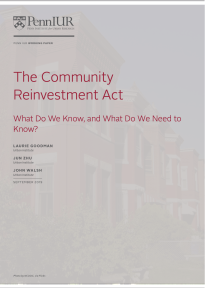Key Message
The analysis reveals that while banks are crucial in providing multifamily lending to LMI areas, nonbanks are more active in single-family LMI lending. A critical insight is the disparity in FHA lending between banks and nonbanks, with banks pulling back due to reputational and financial risks. This shift has implications for CRA effectiveness, highlighting the need for modernization to better serve LMI communities. The findings underscore the importance of updating CRA regulations to enhance transparency, incorporate more comprehensive data, and adapt to the changing landscape of mortgage lending.


